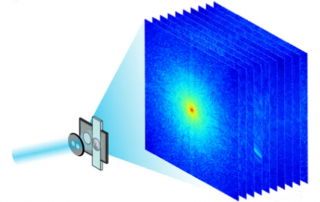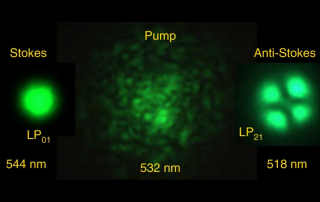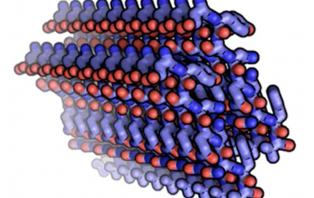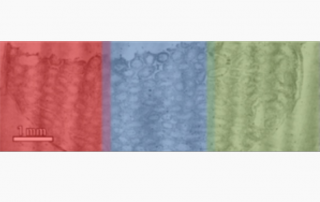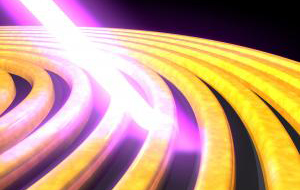In Situ Coherent Diffractive Imaging
The Miao group at UCLA developed a new coherent diffractive imaging technique for capturing fast nanoscale dynamics. The concept leveraged time-invariant spatial redundancy in the field of view as a powerful constraint in the phase retrieval process. In addition, the introduction of high scattering features in the spatially redundant region also suggests the potential for dose-reduced imaging. Boulder and UCLA are collaborating to apply this in-situ imaging to materials undergoing phase transitions.
